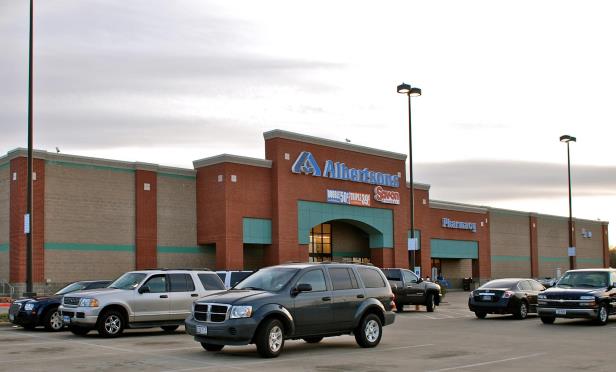ARLINGTON, TX—Investor activity throughout the Dallas-Fort Worth metroplex continues to rise and the region's sustained growth, both in new jobs being delivered and new residents coming to North Texas, as well as the state's strong economic fundamentals, are major attractors for prospective investors. So says JLL vice president Caroline Binning, who provided sale and marketing efforts for a recent disposition of the Albertsons grocery store located at 6220 Highway 287 Frontage Rd.
The sale of the site includes the 63,124-square-foot retail property as well as the 6.46 acres on which it is situated. The price was undisclosed.
Recommended For You
Want to continue reading?
Become a Free ALM Digital Reader.
Once you are an ALM Digital Member, you’ll receive:
- Breaking commercial real estate news and analysis, on-site and via our newsletters and custom alerts
- Educational webcasts, white papers, and ebooks from industry thought leaders
- Critical coverage of the property casualty insurance and financial advisory markets on our other ALM sites, PropertyCasualty360 and ThinkAdvisor
Already have an account? Sign In Now
*May exclude premium content© 2025 ALM Global, LLC, All Rights Reserved. Request academic re-use from www.copyright.com. All other uses, submit a request to [email protected]. For more information visit Asset & Logo Licensing.









